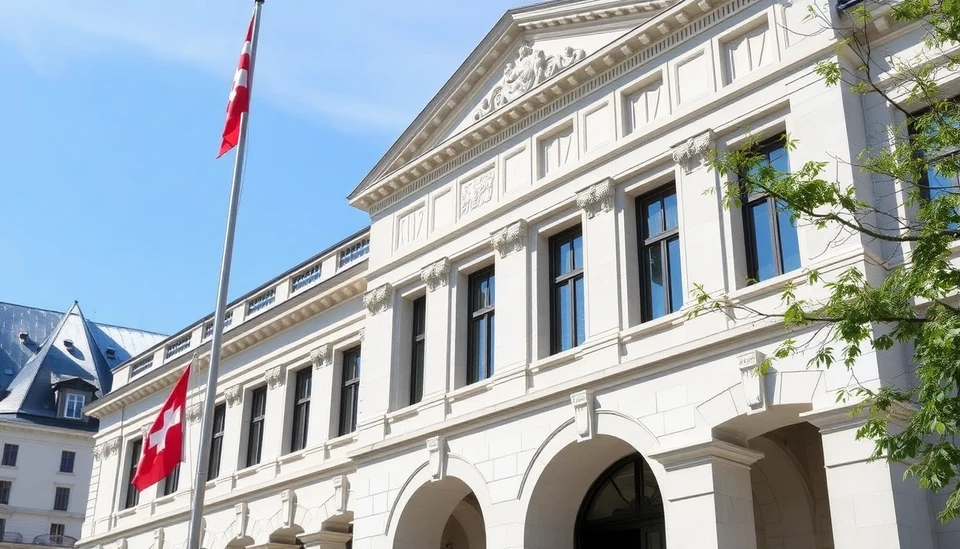
The Swiss National Bank is continuing its steady approach of chopping rates in a measured effort to dampen the strength of the Swiss franc. In their latest policy announcement, the central bank confirmed its commitment to a balanced manner of cutting interest rates that will help reduce possible negative impacts which the strong franc may have on the export-driven economy of Switzerland.
Although global economic uncertainties and shifting monetary policies among major central banks could have justified the adoption of such a policy, the SNB is sticking to its plan rather than aggressive cuts. The central bank acts based on a mix of domestic economic conditions and the overarching goal of inflation stabilization at an acceptable level.
The SNB Chairman Thomas Jordan wasted no time in highlighting that the move reflected a steady-hand approach during the press conference. "We are committed to a gradual reduction in rates so as not to destabilize the economic conditions," he said. "It is very important to balance the requirements of our export-oriented economy and the engagement to counter inflationary pressures."
This is largely in line with expectations of the majority of economists and market participants, since some of them were expecting a more aggressive easing; however, consistent policies have comforted investors that indeed the long-term strategy of the central bank seems decent. The move is just in line with the SNB's stance of preferring incremental adjustment while keeping an Eagle's eye on the economic indicators.
The international financial environment is one of the crucial variables that influences SNB's policy decisions. Recent decisions by the US Federal Reserve, coupled with changes in monetary policy at the European Central Bank, have given the bank a very testing backdrop in which to strike a balance. Yet for the SNB, domestic considerations remain the most vital factor in its rate cuts-a bid to prevent the franc from strengthening too far against the euro and thus devastating exports.
The last move made by the SNB is only one in a line of similar actions over the past year. Based on this pattern, it seems pretty much clear that the central bank will stick to gradualist policy despite intricacies and stresses coming from trends in the world economy. Market participants will continue to watch closely the moves the SNB will make for the next months, particularly in light of continued responses from within and outside its borders.
The SNB will keep its cautious rate-cutting strategy going, but the focus will be on the consequences of those decisions on the level of inflation, growth of the economy, and the value of the franc. It is forward guidance from the central bank that further cuts may still be in the offing but would be carefully tempered in support of broader objectives of economic sustainability and stability.
During the announcement, there were no concrete future rate cut plans given as Chairman Jordan stated the need for "data-dependent and responsive policy adjustments." It is, therefore, crystal clear that whereas gradual rate cuts remain the immediate solution, the policy path of the SNB might change in case economic circumstances require it.
Contrasting the decidedly more aggressive fiscal policies elsewhere in the world is the calm, measured approach of the SNB. This strategic choice, emphasized by the central bank itself, illustrates how much importance is attached to stability, predictability, and the avoidance of economic shockwaves.
In all, SNB's gradualist cuts reflect a sophisticated understanding of the complexity of both domestic and global economic landscapes. The carefully calibrated policy is set to maintain the delicate balance required to support Switzerland's long-term economic health.
#SwissNationalBank #SNB #RateCuts #SwissFranc #Economy #MonetaryPolicy #Inflation #ThomasJordan #CentralBank #EconomicStability
Author: Rachel Greene




